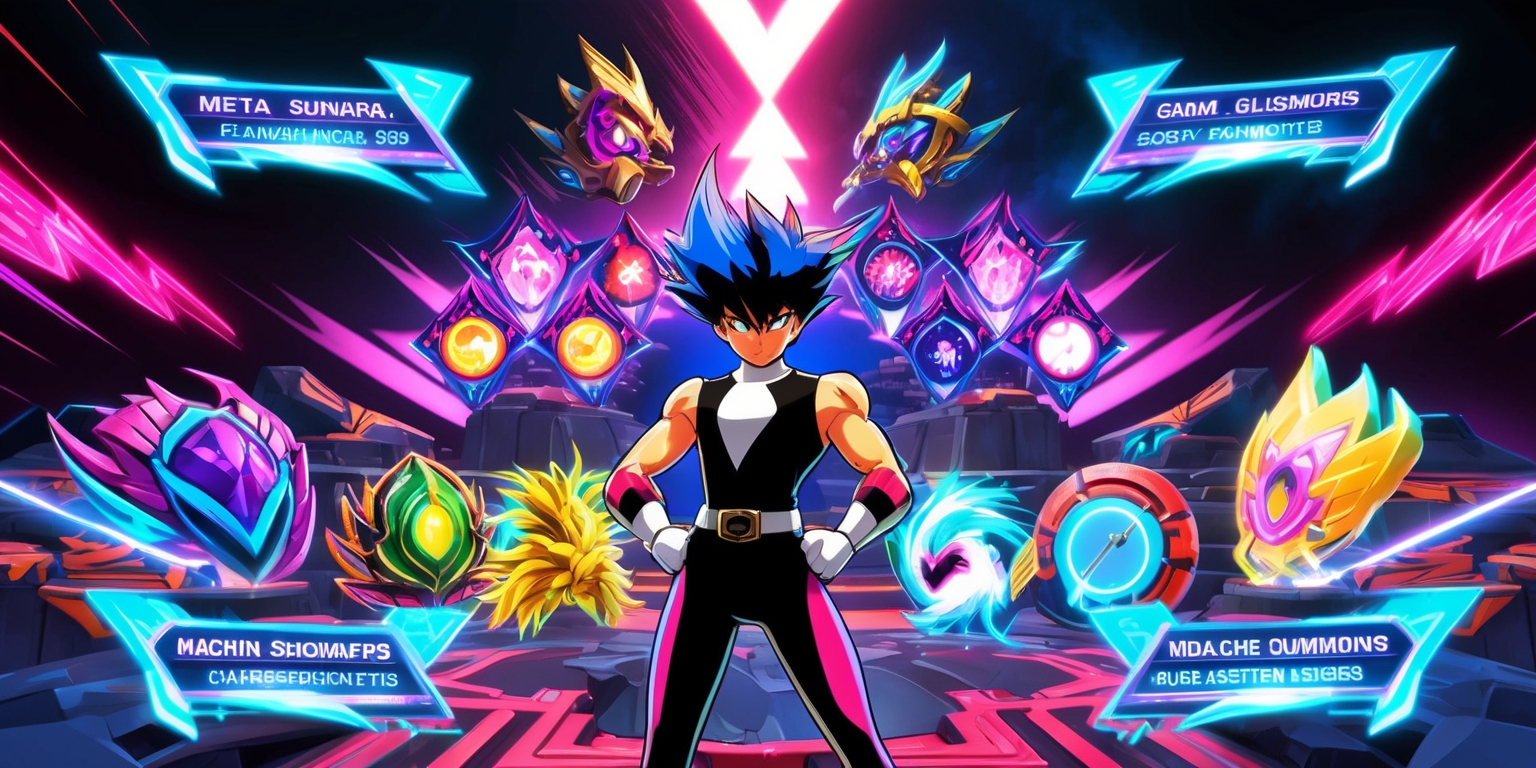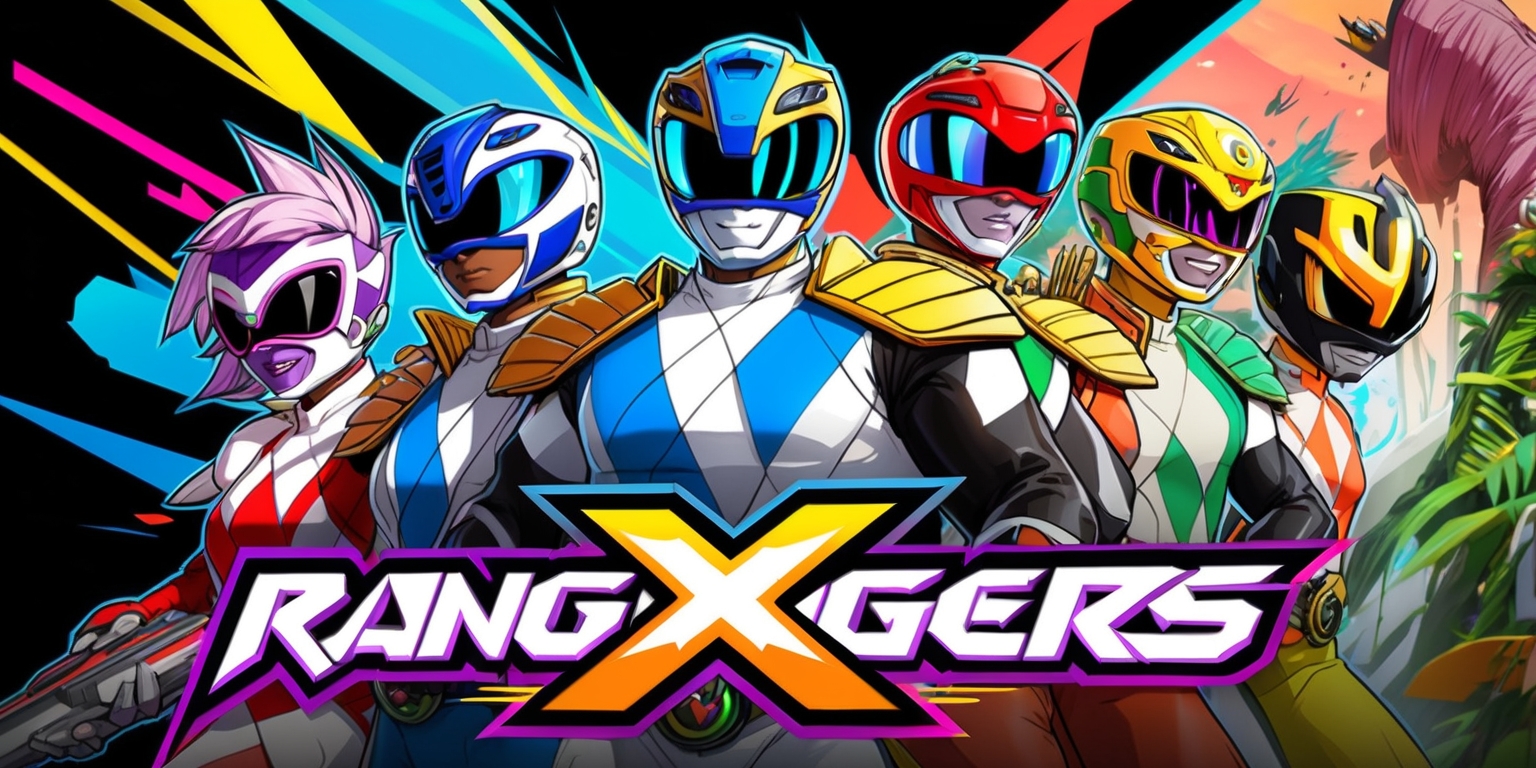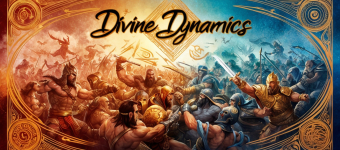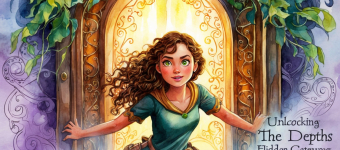
Navigating the Tiered Battlefield: Mastering Anime Rangers X’s Gacha and Meta Mechanics
- 12 Aug 2025
- Germaine Pieper
The realm of Anime Rangers X brings forward a fascinating blend of excitement, strategy, and the ever-alluring unpredictability of gacha mechanics. Players are drawn into a universe where each summoning holds the promise of astonishing power and the risk of disappointment. As the lure of high-tier characters competes with the uncertainty of dupes, enthusiasts delve deep into ranking systems to determine which units deserve a spot in their ultimate roster. Every spin is not just an act of chance but a step towards mastering a game where tactics, meta changes, and strategic resource management define success. Within this vibrant ecosystem, gamers discover not only thrilling battles but also a complex web of unit hierarchies and event boosters.
Game Dynamics and the Gacha Experience
Anime Rangers X is a game that captures the adventurous spirit of its players by interweaving traditional role-playing elements with the dynamic unpredictability of gacha systems. The summoning process is more than a mechanism; it represents a journey of exhilarating highs and challenging lows. When engaging with the gacha, players experience the rush of drawing characters that have the potential to transform their gameplay through distinct abilities and aesthetics. Each pull can result in an S-tier warrior who can dominate late-game battles or a less impactful unit that might yet evolve over time. The balance between anticipation and strategy in this game is carefully maintained by an intricate tier structure, making each decision in the summoning process feel both personal and impactful.
The Structure Behind Tier Rankings
The tier list in Anime Rangers X is meticulously designed to categorize every character based on their overall potential in varying game scenarios. This structure divides characters into distinct groups, ranging from S+ tiers that represent the pinnacle of power to lower tiers that might serve more in supportive roles during early gameplay. Each category reflects a composite measure of a unit’s combat potential, versatility, and synergy with other characters. This classification allows players to quickly identify which units are sought after for competitive battles or late-game challenges. The organized system also serves as a guide for resource allocation, helping gamers to prioritize their investments and refine their rosters based on evolving meta trends and situational strategy demands.
Shifting Metas and Adaptive Strategies
The evolving meta in Anime Rangers X is one of its most engaging features, where the strength of units can vary dramatically with new updates and events. In the ever-changing landscape of battle, what is considered optimal today might be replaced by emerging favorites tomorrow. Players must be agile, constantly re-evaluating which units mesh best with their evolving strategies. For example, characters such as Lullaby and Thunder Goddess have demonstrated exceptional utility in specific challenge scenarios, highlighting that the highest-ranked unit on paper might not always be the best fit in every situation. This dynamic environment pushes gamers to experiment, adapt their team compositions, and sometimes even change their playstyle on the fly in order to remain competitive throughout the game’s various phases.
Early Game Unit Tips and Recommendations

At the beginning of the Anime Rangers X journey, acquiring top-tier characters might not be feasible for every player. Instead, focus is placed on utilizing available Legendary or Epic units to build a stable early game lineup. The game encourages experimentation through early battles, where units such as the Saiya Warrior (Super), Otaku (Speed), Bunny Girl Hero on Wheels, and Cyborg prove themselves invaluable. These selections provide a solid foundation for those exploring the realms of combat and strategy, even when the availability of Mythic or Secret units is yet to be unlocked. Early stage gameplay emphasizes the importance of adapting to what is at hand, making thoughtful unit combinations, and preparing for a seamless transition into more challenging late-game battles where a well-curated roster becomes a game-changer.
Breaking Down Unit Attributes and Categories
An in-depth look at Anime Rangers X reveals that the game’s units are classified into several tiers, each reflecting distinct roles and potential contributions on the battlefield. Legendary and Epic units are particularly coveted for their robust skill sets and distinctive abilities, whereas Rare units, despite their lower ranking, can often be leveraged effectively in the early stages of gameplay. Players familiar with the system know that enhancing a unit’s performance may sometimes rely on understanding its inherent characteristics rather than solely its rarity. This classification framework underpins the strategic complexity of the game, as it invites players to make calculated decisions about which characters to promote, evolve, or eventually replace as they refine their team dynamics over time. Each unit’s role is thus a blend of raw power and situational utility.
Exploring Event-Driven Additions and Innovations
Anime Rangers X does not exist in isolation but rather evolves through a series of seasonal and event-driven content updates that introduce fresh challenges and exciting units. These periodic events often bring in new characters that momentarily shake up the established tier hierarchy. Enthusiasts scrutinize event units carefully, weighing their potential benefits against the already reliable rostered characters. The excitement of these limited-time events is further amplified by exclusive codes and incentives that players can utilize to influence their fortune in the summoning process. Such events Introduce another level of complexity to the game, demonstrating how continuous updates and tailored challenges are seamlessly integrated into a broader ecosystem that values both consistency and change, thereby keeping the player base engaged and constantly rethinking their strategies.
Optimizing Summon Strategies Through Resource Management
Success in Anime Rangers X is heavily dependent on the strategic management of in-game resources, especially when it comes to summoning new units. The decision-making process involves balancing the anticipation of drawing high-tier characters with the reality of managing limited summoning attempts. Effective resource management means not only knowing when to invest in a specific banner but also understanding the long-term value of each character. Players often compare various summoning pools—each with its own set of unit probabilities—to maximize the likelihood of obtaining desired units. This aspect of the game transforms a simple act of chance into a nuanced puzzle where patience, timing, and strategy combine to produce an overall competitive edge. The careful planning and reallocation of resources thus forms an integral part of mastering the game.
Team Formation and Synergy Considerations
Beyond the individual strength of monsters in Anime Rangers X lies the essential strategy of forming teams that can work harmoniously together. Every unit possesses unique talents, and their full potential is often only unlocked through well-planned synergies. Creating an ideal team involves understanding the specific roles that units can play—ranging from direct damage dealers to supportive experts who boost the capabilities of their allies. The tier list provides a foundational guide for which units may serve as the backbone of your team, but the true artistry lies in crafting blends that neutralize opponents and sustain pressure over the course of battle. This system forces players to map out several moves in advance ahead, encouraging diverse configurations that can effectively counter the strategies of opponents in varied combat settings.
Visual Design and Aesthetic Appeal
The aesthetic design of Anime Rangers X is a key feature that significantly elevates the player's holistic experience experience. The vibrant character designs, intricately detailed backgrounds, and fluid animations present a world that is both captivating and immersive. Every character is crafted with a unique style that reflects their individual lore and abilities, contributing to the game’s rich narrative tapestry. The visual appeal extends beyond aesthetics to impact gameplay, as clear visual cues help players identify unit strengths and weaknesses. This combination of art and function not only makes battles visually engaging but also underlines the game’s commitment to quality design. Animation and graphical finesse, therefore, play key roles in elevating the entire experience in this ever-evolving universe.
Community Perspectives and Evolving Tactics
The vibrant and passionate community surrounding Anime Rangers X continuously contributes to shaping the strategic landscape of the game. Players actively share insights on the evolving meta, discuss optimal formations, and debate the relative strengths of various units listed in the tier system. This collective intelligence helps in deciphering the nuances between unit roles and provides fresh perspectives on potential synergies. Community forums, social media discussions, and in-game guild chats foster "a dynamic setting in which strategic approaches are continually fine-tuned and" adjusted. The shared experiences and discoveries made by players not only enhance collective knowledge but also create a dynamic ecosystem in which traditional strategies are frequently re-evaluated. This exchange of ideas nurtures a culture of continuous improvement and tactical ingenuity within the game.
Evaluating Utility Across Game Modes
Anime Rangers X presents a multitude of gameplay scenarios, each requiring thoughtful consideration of unit capabilities beyond their raw stats. While the tier list is often structured around late-game performance, many characters shine in specific modes such as time-based challenges, cooperative missions, and competitive arenas. Each game mode introduces its own set of parameters; some may emphasize speed and agility, while others may favor defensive or supportive units. Thus, the same unit might underperform in one scenario yet excel in another depending on team composition and tactical deployment. This multi-faceted approach encourages players to consider not just the numerical rankings of characters but also their practical effectiveness in varied contexts, resulting in a more in-depth grasp of how to assemble flexible teams that can adjust to any challenge thrown their way.





